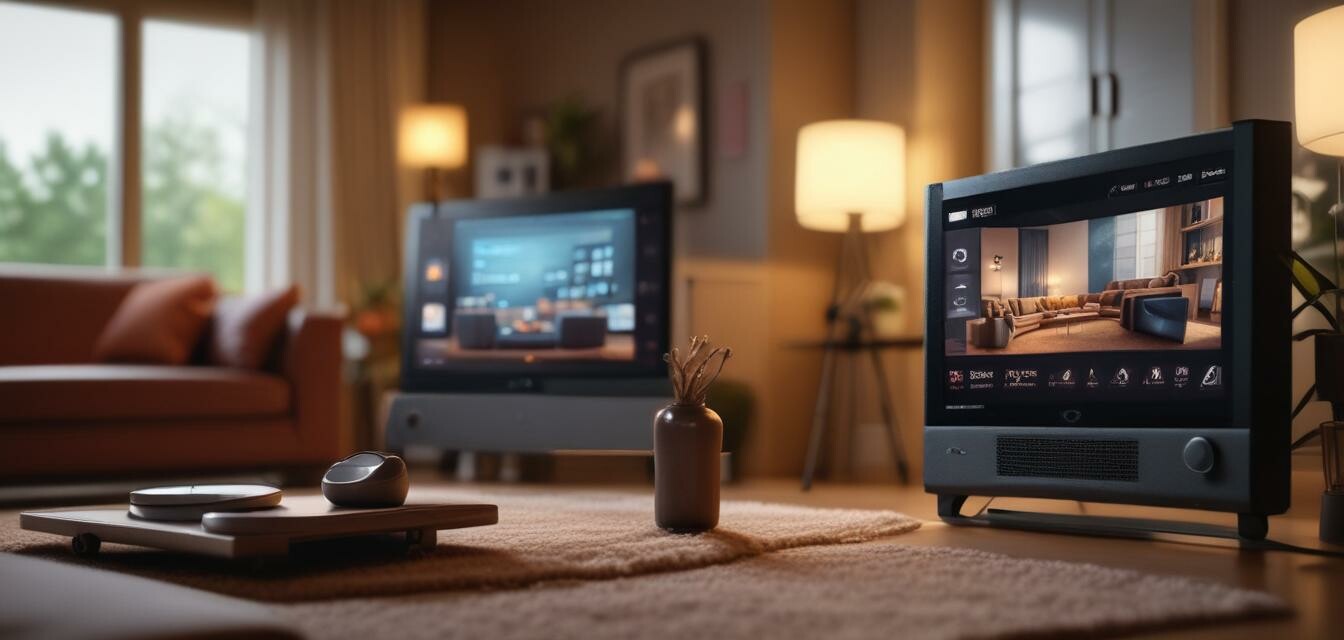
How to encourage seniors to use smart technology
Key Takeaways
- Understand the unique challenges seniors face in technology adaptation.
- Provide hands-on training tailored to their pace.
- Highlight the benefits of smart technology for increased safety and convenience.
- Encourage family involvement to reinforce learning.
- Maintain ongoing support to address concerns and questions.
The integration of smart technology in the lives of seniors can significantly enhance their independence and safety at home. However, the transition may be challenging due to various factors such as unfamiliarity with devices, potential anxiety about technology, or even physical limitations. In this article, we'll explore effective strategies to encourage seniors to embrace and utilize smart devices confidently.
Understanding the challenges
Before diving into strategies, it's essential to understand why some seniors may hesitate to adopt smart technology:
- Technological skepticism: Many seniors did not grow up with technology and may feel overwhelmed.
- Fear of failure: Concerns about making mistakes can deter them from trying new devices.
- Physical limitations: Arthritis or visual impairments can make using certain devices difficult.
- Privacy concerns: Fear about how devices handle personal information may lead to resistance.
Effective strategies to promote technology usage
1. Education and training
Providing education is crucial for empowering seniors to use smart technology efficiently. Here are some methods:
- One-on-one training: Schedule personalized sessions that focus on specific devices relevant to their needs.
- Simple instruction manuals: Create easy-to-understand guides that illustrate step-by-step processes.
- Video tutorials: Use visual aids that demonstrate features and functionalities of the devices.
2. Create a supportive environment
Creating an inviting atmosphere for technology use can help ease concerns. Consider these tips:
- Demonstrate features: Show them how devices can enhance daily routines (e.g., smart lighting for better visibility).
- Practice together: Spend time using the technology alongside them to build comfort.
- Encourage questions: Foster an open dialogue about their experiences and apprehensions.
3. Focus on benefits
Seniors are more likely to embrace technology if they see clear benefits. Highlight how these devices can:
- Improve safety (e.g., smart smoke detectors or security cameras).
- Enhance convenience (e.g., voice-activated assistance for reminders).
- Offer connectivity (e.g., video calls with family and friends).
4. Family involvement
Encouraging family members to participate in the learning process can make a significant difference:
- Family tech days: Organize family gatherings focusing on sharing and learning about technology.
- Assign tech buddies: Have family members act as ongoing support throughout their technological journey.
- Celebrate milestones: Acknowledge their progress to motivate them to continue using smart gadgets.
5. Addressing privacy concerns
Conveying trust regarding data security can help alleviate fears. Ensure they understand:
- Device privacy settings: Explain how to adjust settings for their comfort.
- Regular updates: Remind them about the importance of keeping software updated for enhanced security.
- Transparency: Be clear about how their data is used and shared by the devices.
Finding the right devices
Choosing appropriate smart technology is essential for a positive experience. Here are some popular types of devices that can enhance a senior's living environment:
| Device Type | Purpose | Examples |
|---|---|---|
| Connected Home Assistants | Voice control for various functions | Find out more |
| Health Monitoring Devices | Track health metrics and reminders | Discover options |
| Home Security Solutions | Enhance safety and respond to emergencies | Explore solutions |
| Smart Entertainment Systems | Stream media easily | Learn more |
| Smart Lighting Systems | Control lighting with ease | View products |
Ongoing support and encouragement
Even after the initial learning phase, continued support is essential. Remember to:
- Check-in regularly to address emerging concerns.
- Encourage them to explore new features of devices.
- Adapt to their changing comfort levels with technology.
Conclusion
The journey to adopting smart technology can be rewarding for both seniors and their families. By understanding their unique challenges and applying effective strategies, you can help seniors adjust to their new smart home environment confidently. Remember to keep the communication open, focus on benefits, and continue providing support throughout the process.
Pros
- Empowers seniors to maintain independence.
- Enhances safety and security at home.
- Fosters connection with family and friends.
- Encourages self-learning and adaptation.
Cons
- Initial learning curve can be challenging.
- May require ongoing tech support.
- Privacy concerns may persist.